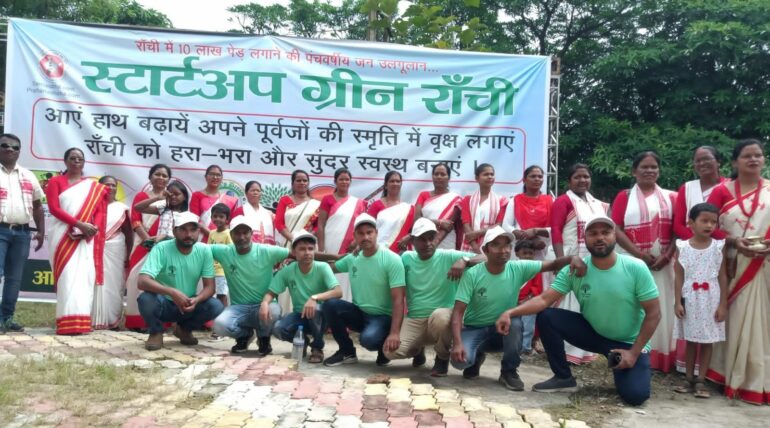The Environmental and Social Benefits of Tree Plantation
Trees are more than just silent observers of our world; they are fundamental pillars of life, offering a myriad of benefits to both the environment and society. From purifying the air we breathe to providing habitats for wildlife and enhancing community well-being, the act of tree plantation holds immense significance in shaping a sustainable future for generations to come.
Environmental Benefits:
1. Carbon Sequestration: Trees are nature’s carbon sinks, absorbing carbon dioxide from the atmosphere during photosynthesis and storing it in their biomass. Through this process, known as carbon sequestration, trees help mitigate the impacts of climate change by reducing the concentration of greenhouse gases in the atmosphere.
2. Air Purification: Trees act as natural air filters, trapping airborne pollutants and particulate matter on their leaves and bark. By removing pollutants such as nitrogen dioxide, sulfur dioxide, and ozone, trees improve air quality and contribute to human health and well-being.
3. Soil Stabilization: The extensive root systems of trees help prevent soil erosion by binding soil particles together and anchoring the soil in place. This stabilization is crucial for maintaining fertile soil for agriculture, preventing landslides, and preserving the integrity of ecosystems.
4. Biodiversity Conservation: Forests are biodiversity hotspots, providing habitat and food sources for countless plant and animal species. By planting trees, we create and restore habitats for wildlife, supporting biodiversity and ecological resilience.
Social Benefits:
1. Community Health: Trees have been shown to have a positive impact on human health and well-being. Access to green spaces and urban forests has been linked to reduced stress, improved mental health, and increased physical activity. Furthermore, trees can provide shade and cooling effects in urban areas, reducing the risk of heat-related illnesses during hot summer months.
2. Economic Opportunities: Tree plantations can create economic opportunities for communities through sustainable forestry practices, eco-tourism, and the development of green products. Additionally, trees enhance property values and contribute to the aesthetic appeal of neighbourhoods and urban spaces, attracting investment and fostering economic growth.
3. Social Cohesion: Tree plantation initiatives often bring communities together, fostering a sense of belonging and collective responsibility for the environment. Through group planting events and community forestry projects, residents can bond over a shared goal of greening their surroundings and leaving a positive legacy for future generations.
4. Educational Value: Tree plantation provides valuable opportunities for environmental education and awareness-raising. By engaging in tree planting activities, individuals of all ages can learn about the importance of trees in ecosystem functioning, climate regulation, and sustainable development, empowering them to become environmental stewards in their communities.
In conclusion, tree plantation is not merely an act of adding greenery to our surroundings; it is a powerful tool for environmental conservation, social empowerment, and sustainable development. By recognizing and harnessing the myriad benefits of trees, we can work towards creating a more resilient and harmonious world for ourselves and future generations to enjoy.





